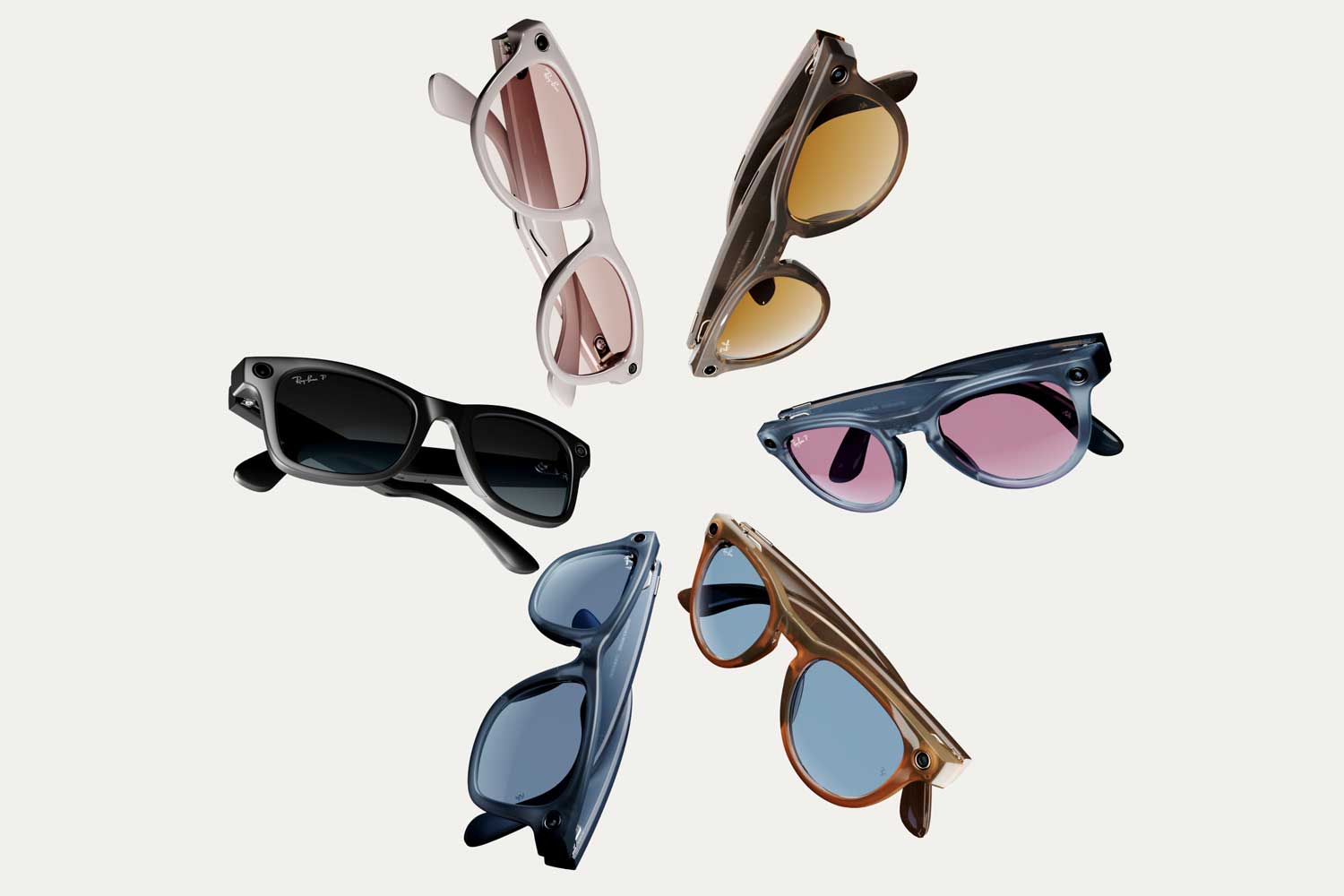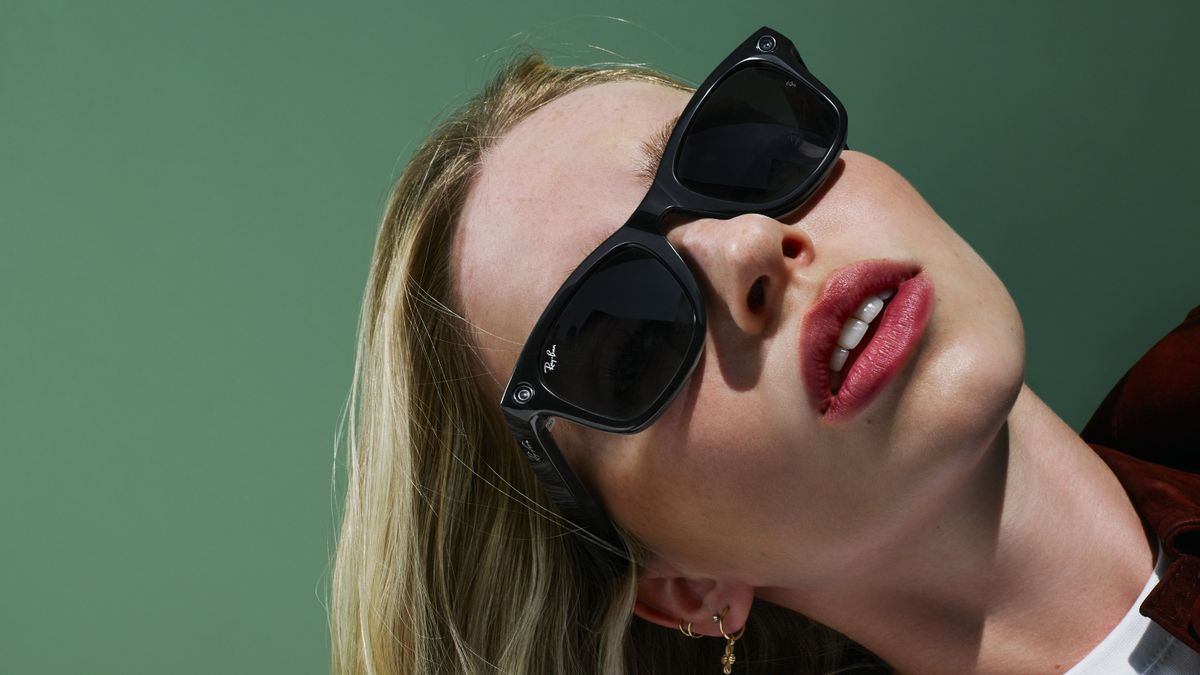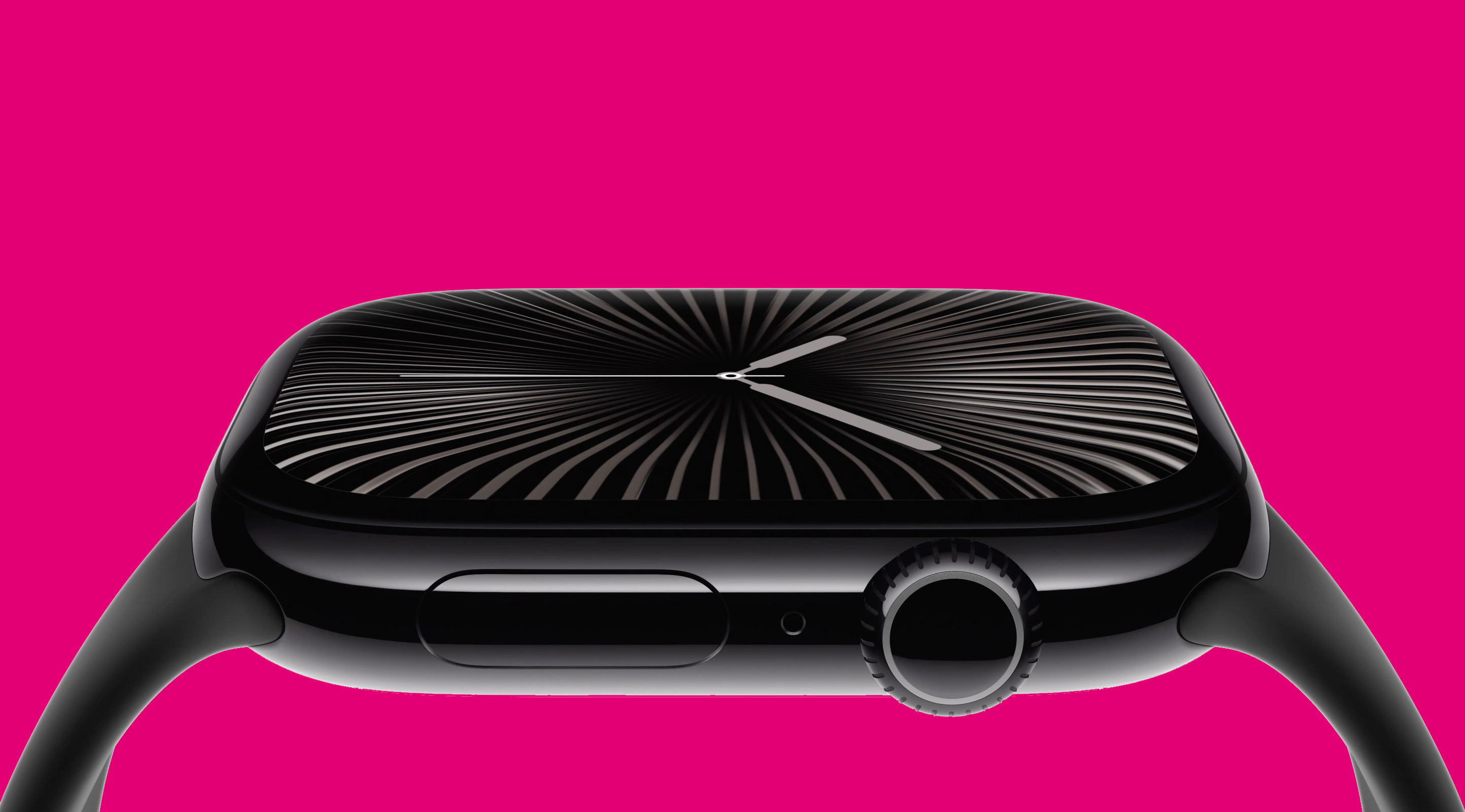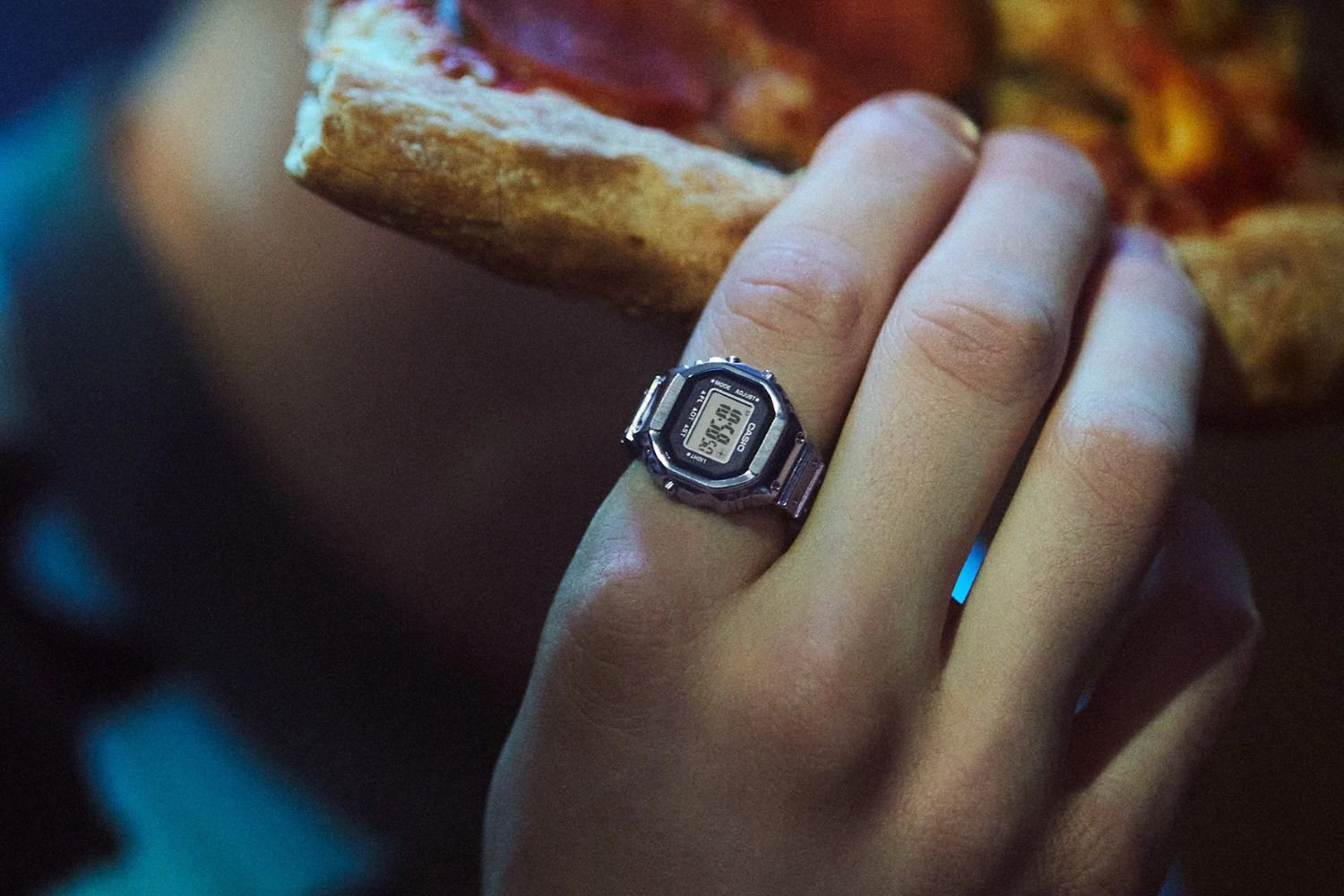After Meta, it would therefore be Samsung’s turn to enter the connected glasses market. If this part of new technologies had long remained on the fringes, Google Glass has cooled a lot of people, 2024 seems to be year 1 for connected glasses.
Just a few months ago, everyone was talking about the Apple Vision Pro as the revolution that would launch the general public into the world of virtual reality. If the apple headset did not succeed in seducing people, it is another product, from its competitor Meta, which is causing a lot of talk at the end of the year.
By partnering with the Ray Ban glasses brand, Mark Zuckerberg’s company has managed to produce a very interesting set of connected glasses. For the moment the product is the only one on this market, and in the face of such success, many competitors are designing a product capable of responding to the Ray Ban Meta.
To enter this market through the front door, the two giants Samsung and Google have decided to join forces. According to the latest rumors, Samsung plans to launch a first production of 500,000 units by mid-2025.
What features?
If Samsung does not want to rush, it is because the brand knows that it must make a strong impression. To achieve this, it has already reached an agreement with Qualcomm for AR1 chips. These are the processors that already equip the Ray Ban Meta. This is not the only component that should be found in both pairs of glasses.
Rumors also suggest that Samsung’s future product will feature a 12 MP camera and a 155 mAh battery. This is exactly (within 1 mAh) the same specifications as the Ray ban Meta. Ultimately these Samsung glasses risk resembling, like two drops of water, those of Meta.
A screen to change everything?
The only point that could still push these VR glasses into the world of innovation would be the presence of a screen. To date, no company has ventured into such a technological adventure. With a 155 mAh battery, it’s hard to imagine how Samsung could add a screen to its glasses, but if the South Korean brand has taught us one thing, you should never say never.
The presence of a screen or not will therefore be the big question which risks maintaining interest around this product in the coming months. Without it, Samsung would play it safe, ensuring the design of a product close to the Ray Ban Meta. However, if she decides to add a screen to her glasses, then that would be a completely different story.
Samsung’s glasses would be a model of innovation, which the whole world will hurry to want to copy. Adding this technology could also be a complete flop. It’s difficult to know if the screen will work correctly, if it won’t make the glasses too heavy or if the battery life won’t collapse with such an energy-hungry component.
🟣 To not miss any news on the WorldOfSoftware, , .












